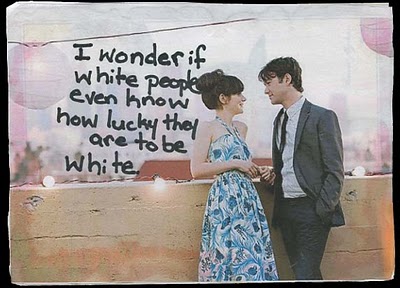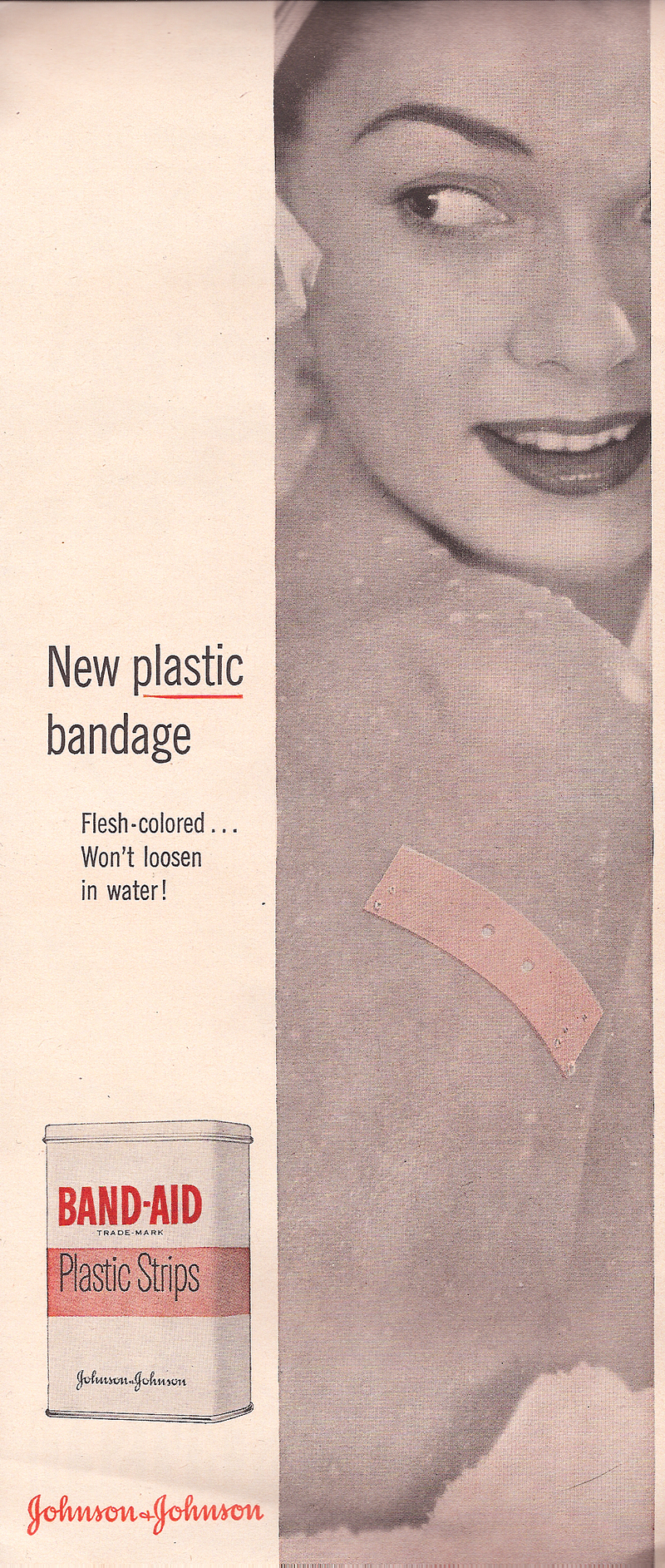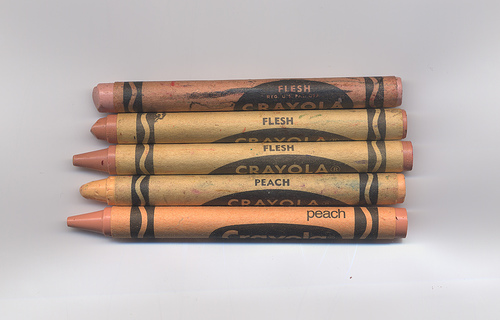My best friend, Thomeeka, happens to be from African American decent. For years, I saw our lifestyles as being equal but as I read this article I saw there are numerous privileges I have that she does not because I am white. One example that stuck out in my mind was the idea that the media considers "flesh" color to mean white. From my friendship with Thomeeka, I would often see her frustration with lack of make-up choices for her skin tone. Most foundations and powders are dominantly designed for women with pale skin, with many make-up brands having numerous colors for white skin tone and only one or two shades for a black skin tone. Some brands have tried to fix this and add more variety to their foundation shades and sell darker colors but it is still obvious when you go into the make-up aisle that the make-up is predominantly made for pale shades. This could also be said for band-aids and gauze, that most of the bandages I buy at CVS I can assume will blend with my skin-tone as compared to Thomeeka's. In addition, many crayon companies created a "flesh" color crayon that was beige, which certainly does not fit the whole definition of "flesh" color.
Saturday, September 20, 2014
White Privilege - McIntosh
My best friend, Thomeeka, happens to be from African American decent. For years, I saw our lifestyles as being equal but as I read this article I saw there are numerous privileges I have that she does not because I am white. One example that stuck out in my mind was the idea that the media considers "flesh" color to mean white. From my friendship with Thomeeka, I would often see her frustration with lack of make-up choices for her skin tone. Most foundations and powders are dominantly designed for women with pale skin, with many make-up brands having numerous colors for white skin tone and only one or two shades for a black skin tone. Some brands have tried to fix this and add more variety to their foundation shades and sell darker colors but it is still obvious when you go into the make-up aisle that the make-up is predominantly made for pale shades. This could also be said for band-aids and gauze, that most of the bandages I buy at CVS I can assume will blend with my skin-tone as compared to Thomeeka's. In addition, many crayon companies created a "flesh" color crayon that was beige, which certainly does not fit the whole definition of "flesh" color.
Subscribe to:
Post Comments (Atom)




I really liked how you pointed out the crayon colors of flesh skin being for white people, there was a black kid in one of the preschool classes I worked at and when he would be asked to draw his family or himself he would use those colors to draw him and I would never stop and think about it!
ReplyDeleteI enjoyed you're response. I feel that many people never really think how products are catered to people with light tones rather than darker. It does make things difficult.
ReplyDeleteI like how you incorporated real life examples to illustrate White Privilege. Finding make up that actually matches your skin tone is hard. Not only concealer but lipstick too. Whenever I walk into Sephora, I know that there are maybe two types of concealer that will actually match my skin. This illustrates that there is White Privilege not only in schools, and employment opportunities but also in the business enterprise.
ReplyDeleteI really enjoyed all of the pictures you added in your blog. I wonder how black people feel that their are no bandaids and crayons and markers and makeup their "color"....
ReplyDelete